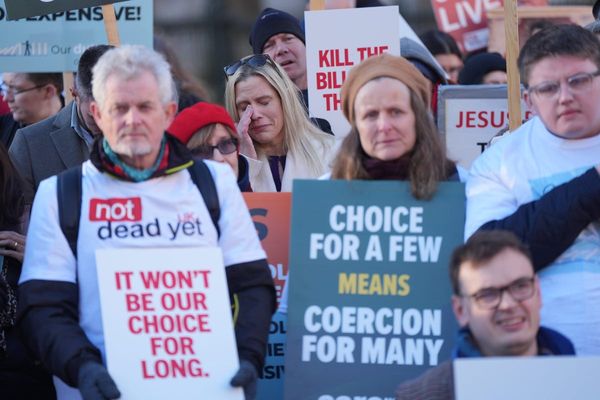
New details have emerged regarding the brother of the illegal immigrant charged in the murder of a Georgia nursing student. Authorities have revealed that he was found in possession of a fake green card and has connections to a Venezuelan gang associated with the assault of two police officers in Times Square.
Law enforcement experts, such as former NYPD inspector Paul Murrow, emphasize the need for legislative measures to address crimes committed by migrants. They highlight the importance of holding individuals accountable for offenses like theft, as these can escalate into more serious criminal activities.
The rise of Venezuelan gangs spreading across regions and engaging in organized criminal activities, including trafficking, poses a significant challenge for law enforcement agencies. These gangs have expanded beyond Venezuelan borders, infiltrating countries like Ecuador and controlling illicit operations.
Concerns over escalating crime rates have prompted cities like San Francisco and Washington, D.C. to strengthen law enforcement measures. In New York, the governor has announced the deployment of reservists, including military personnel, to patrol subways in response to public safety concerns.
However, critics question the effectiveness of such initiatives, pointing out the need for comprehensive strategies that involve both law enforcement and prosecution efforts. They argue that simply increasing police presence without addressing underlying issues may not lead to sustainable crime reduction.
The decision to deploy reservists without a specified timeline raises questions about the long-term sustainability of such measures. Concerns have been raised about the logistics of accommodating additional law enforcement personnel and integrating them into existing operations.
As the debate on crime prevention strategies continues, experts stress the importance of focusing on prosecuting offenders and targeting organized crime networks through federal interventions. The timing and effectiveness of law enforcement responses, particularly in high-crime areas, remain critical considerations for policymakers and law enforcement agencies.







